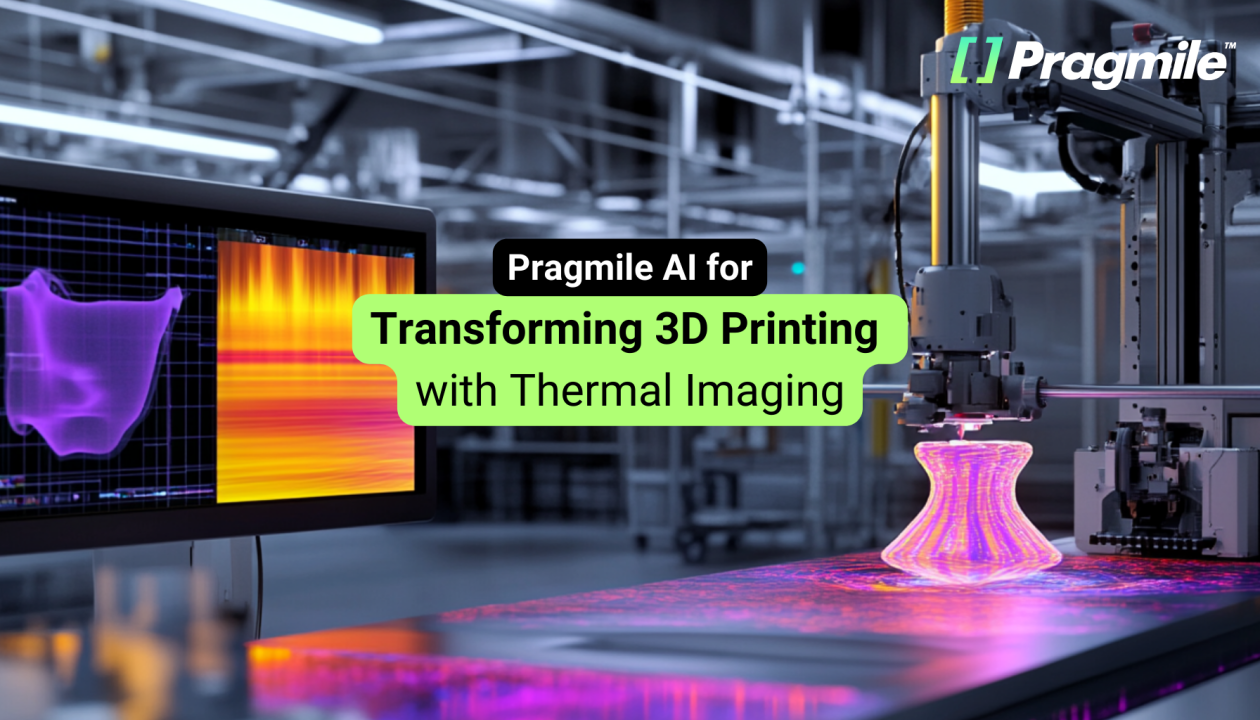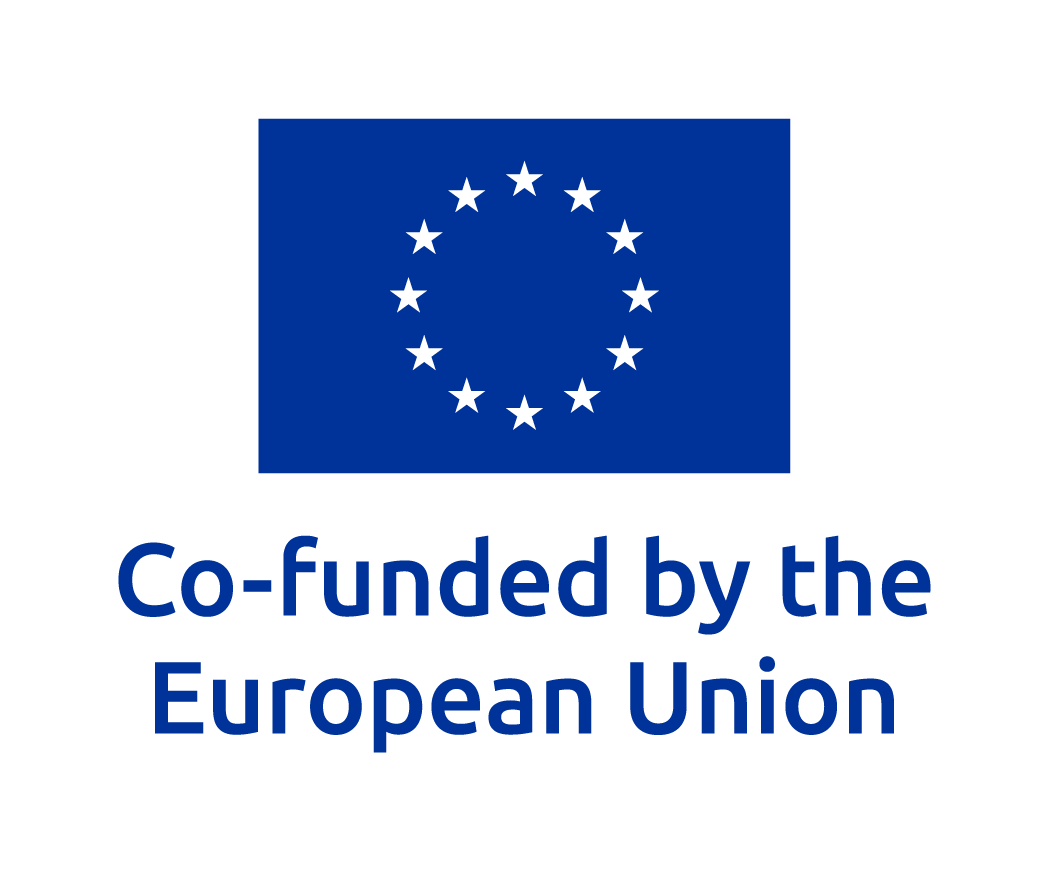
Date published: August 7, 2024
How Thermal Imaging is Transforming 3D Printing & Additive Manufacturing
Last weekend, I watched as a friend meticulously printed a tiny, intricate replica of the Eiffel Tower using a 3D printer. About halfway through, I noticed a slight warping in one of the legs, which my friend frustratingly attributed to a temperature fluctuation during the printing process. It got me thinking about the challenges the 3D printing industry faces and how emerging technologies might offer solutions.
3D printing, or more generally, additive manufacturing, is considered an essential technology of the 21st century. Its applications span a diverse range of industries, from medical technology to automotive and aerospace sectors. Beyond creating small batches, 3D printing is increasingly used to address intermittent supply shortages by manufacturing spare parts and individual components. One of the most common methods in this field is fused filament fabrication (FFF), where slicer software dissects a 3D model into a layer-by-layer structure, planning the paths for filament deposition.
Given the varied structures and materials involved in 3D printing, numerous parameters must be adjusted, making it challenging to avoid defects. Immediate defect detection is crucial, especially for spare parts with rapid turnaround requirements. Hence, quality assurance throughout the printing process and on the completed component is vital in industrial applications.
Enter thermal image analysis – a technology that’s not just for spotting heat leaks in your attic anymore. It’s set to revolutionize 3D printing by enhancing quality control, predictive maintenance, and overall efficiency. Here’s a look at how this works and how it can drive significant returns on investment.
Real-Time Monitoring and Quality Control
Detecting defects during the 3D printing process can be tricky, often leading to wasted materials and time. Integrating thermal cameras into your 3D printer setup can make a significant difference. These cameras monitor temperature distributions in real-time, using AI algorithms to spot anomalies like overheating or uneven cooling – the culprits behind those pesky defects. Immediate feedback allows for real-time adjustments, reducing waste and ensuring higher-quality prints.
Thermal imaging technology provides a visual map of temperature variations across the printed object. By analyzing these thermal images, one can detect inconsistencies that might lead to defects, such as warping, cracking, or incomplete fusion of materials. This real-time monitoring not only helps in identifying problems early but also allows for on-the-fly adjustments to the printing process, ensuring that each layer of the object is formed correctly.
Predictive Maintenance
Unplanned maintenance and equipment failures can throw a wrench in production schedules and inflate costs. Thermal image analysis can keep an eye on the health of your 3D printers, predicting potential failures before they occur. Machine learning models analyze thermal patterns to foresee issues, enabling proactive maintenance and minimizing downtime.
By continuously monitoring the thermal signatures of key components in the 3D printers, such as heating elements, motors, and cooling systems, it’s possible to identify signs of wear and tear or impending failure. This information allows for maintenance to be scheduled at convenient times, preventing unexpected breakdowns and costly disruptions to production.
Optimization of Heating and Cooling Processes
Inconsistent heating and cooling can mess with the mechanical properties and dimensional accuracy of 3D printed parts. Creating detailed thermal profiles for different materials and printing conditions helps optimize these processes. Adjusting parameters based on thermal analysis ensures uniform temperature distribution, enhancing the mechanical properties of the final product.
Thermal imaging allows for the precise control of temperature during both the heating and cooling phases of the printing process. For instance, in metal additive manufacturing, managing the cooling rate is crucial to prevent internal stresses that can lead to defects. By monitoring the cooling process with thermal cameras, it’s possible to adjust cooling rates in real-time to achieve the desired material properties and dimensional accuracy. This optimization reduces the need for post-processing and improves the overall quality of the printed parts.
Material Development and Testing
Developing new materials for 3D printing demands thorough testing to understand their thermal properties and behavior. Thermal imaging helps study the behavior of new materials during the printing process. Coupled with AI and data analytics, this accelerates material development and testing, giving companies a competitive edge.
When a new material is introduced, it’s crucial to understand how it behaves under different thermal conditions. Thermal imaging provides valuable insights into the material’s performance during heating and cooling, revealing characteristics such as melting points, cooling rates, and potential thermal degradation. By analyzing this data, researchers can optimize the material’s properties for specific applications, speeding up the development cycle and bringing innovative materials to market faster.
Energy Efficiency and Cost Reduction
High energy consumption during printing can drive up operational costs. Thermal imaging can monitor energy use and spot inefficiencies in the heating elements of 3D printers. Optimization algorithms then tweak energy consumption, reducing operational costs and boosting sustainability.
Energy efficiency is a critical factor in the profitability of additive manufacturing operations. By using thermal imaging to monitor the energy usage of 3D printers, it’s possible to identify areas where energy is being wasted. By addressing these inefficiencies, companies can reduce their energy consumption, lower their operational costs, and minimize their environmental impact.
Pragmile’s Proven Expertise
Pragmile has a solid track record of leveraging thermal imaging and AI for industrial applications. One of the standout examples is Solar Spy, where Pragmile achieved a 99% accuracy rate in identifying issues in solar power modules using thermal imaging and AI. This experience demonstrates Pragmile’s capability to deliver precise and reliable thermal analysis solutions. By applying the same advanced technologies and methodologies, Pragmile is well-equipped to tackle the unique challenges of the 3D printing industry, ensuring enhanced quality control, optimized processes, and significant ROI gains.
Potential ROI Gains
- Enhanced Product Quality: Real-time monitoring and immediate adjustments can significantly reduce defects and improve the quality of 3D printed parts.
- Reduced Waste and Material Costs: Detecting defects early and optimizing processes can lead to lower material waste and cost savings.
- Lower Maintenance Costs: Predictive maintenance based on thermal analysis can reduce unplanned downtime and maintenance costs.
- Improved Process Efficiency: Optimizing heating and cooling processes can enhance production efficiency and reduce cycle times.
- Accelerated Material Development: Thermal characterization and advanced analytics can speed up the development and testing of new materials, giving companies a competitive edge.
- Energy Savings: Monitoring and optimizing energy use can lead to significant cost savings and contribute to sustainability goals.
Real-World Applications
Defect Detection: Consider a 3D printing company that struggles with undetected defects during the printing process, leading to high rework and waste. By integrating thermal cameras into the printing setup, temperature distributions can be continuously monitored. AI models detect anomalies indicative of defects, providing real-time alerts for immediate corrective actions. This approach leads to reduced defect rates, lower material waste, and improved overall product quality.
Predictive Maintenance: Frequent equipment failures can disrupt production. Deploying thermal imaging to monitor the health of critical components in 3D printers allows for the analysis of thermal data with predictive maintenance algorithms to forecast potential failures and schedule maintenance proactively. This results in reduced unplanned downtime, lower maintenance costs, and more reliable production schedules.
Cooling Process Optimization in Metal Printing: Inconsistent cooling in metal 3D printing can cause internal stresses and affect mechanical properties. Using thermal imaging to create detailed thermal maps during the cooling phase, parameters can be optimized to ensure uniform cooling and minimize stresses. This enhances the mechanical properties of metal parts, improves dimensional accuracy, and reduces post-processing efforts.
Conclusion
Thermal image analysis, when combined with advanced AI and data analytics, offers comprehensive solutions to enhance quality control, optimize processes, and reduce costs in additive manufacturing. Drawing on proven technologies from successful projects, Pragmile provides precise, reliable, and scalable solutions that deliver substantial ROI gains. This not only has the potential to improve product quality and reduce waste but also lower maintenance costs and enhance process efficiency.
For more insights and to explore collaboration opportunities, connect with Marcin Jabłonowski, our MD and #AI_Solutions_Architect.
Schedule a free consultation with
our AI and technology experts
Take advantage of the latest AI solutions, tailored to your company's needs. Book a consultation with AI solution architects at Pragmile and discover new opportunities in energy management.
Please, provide your business email to schedule a meeting

